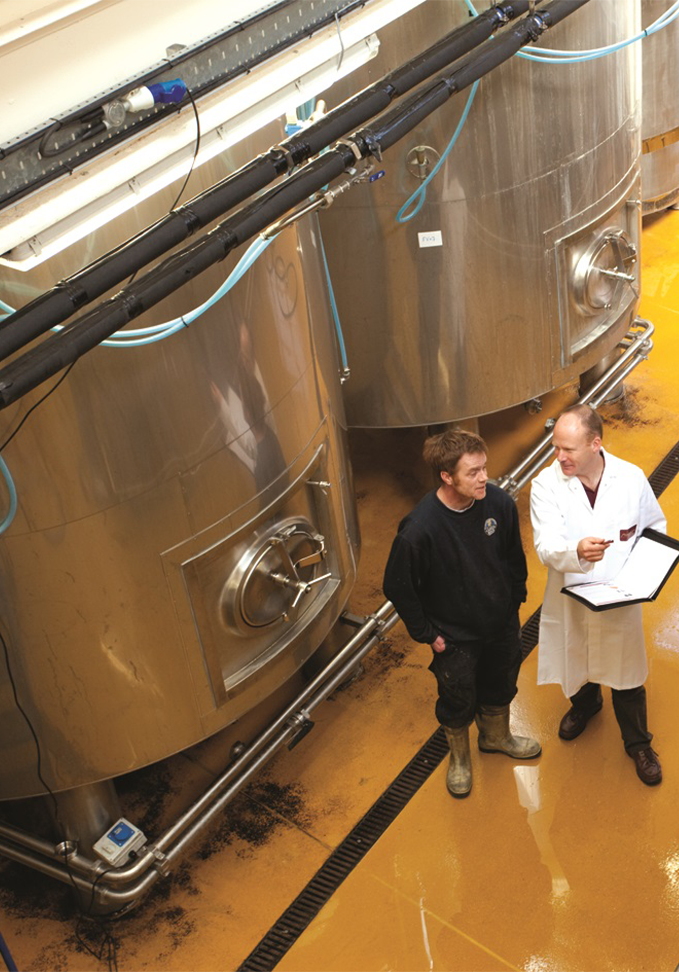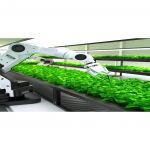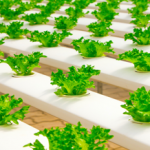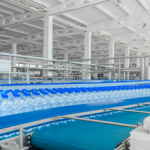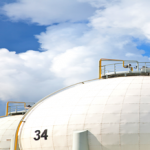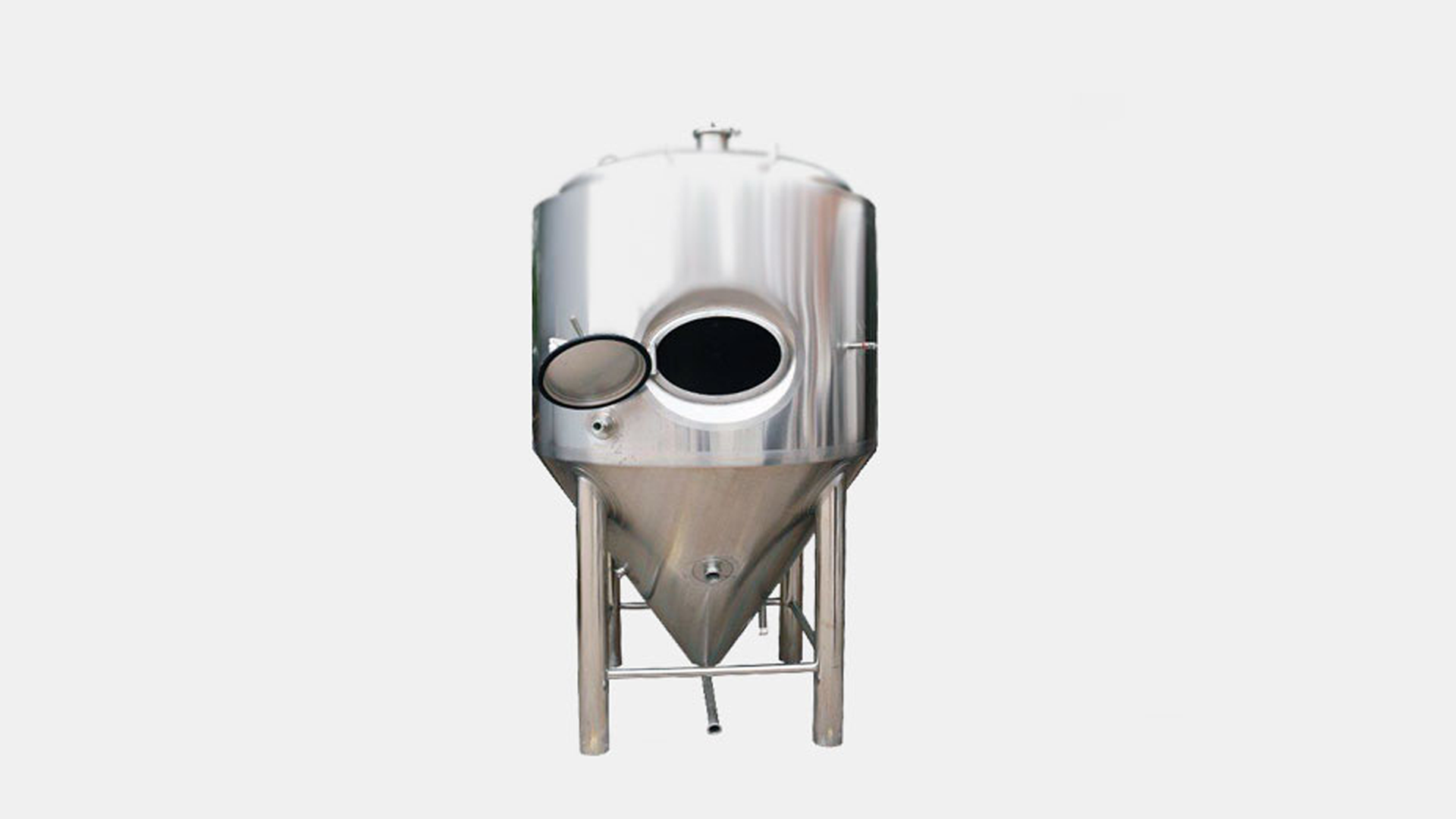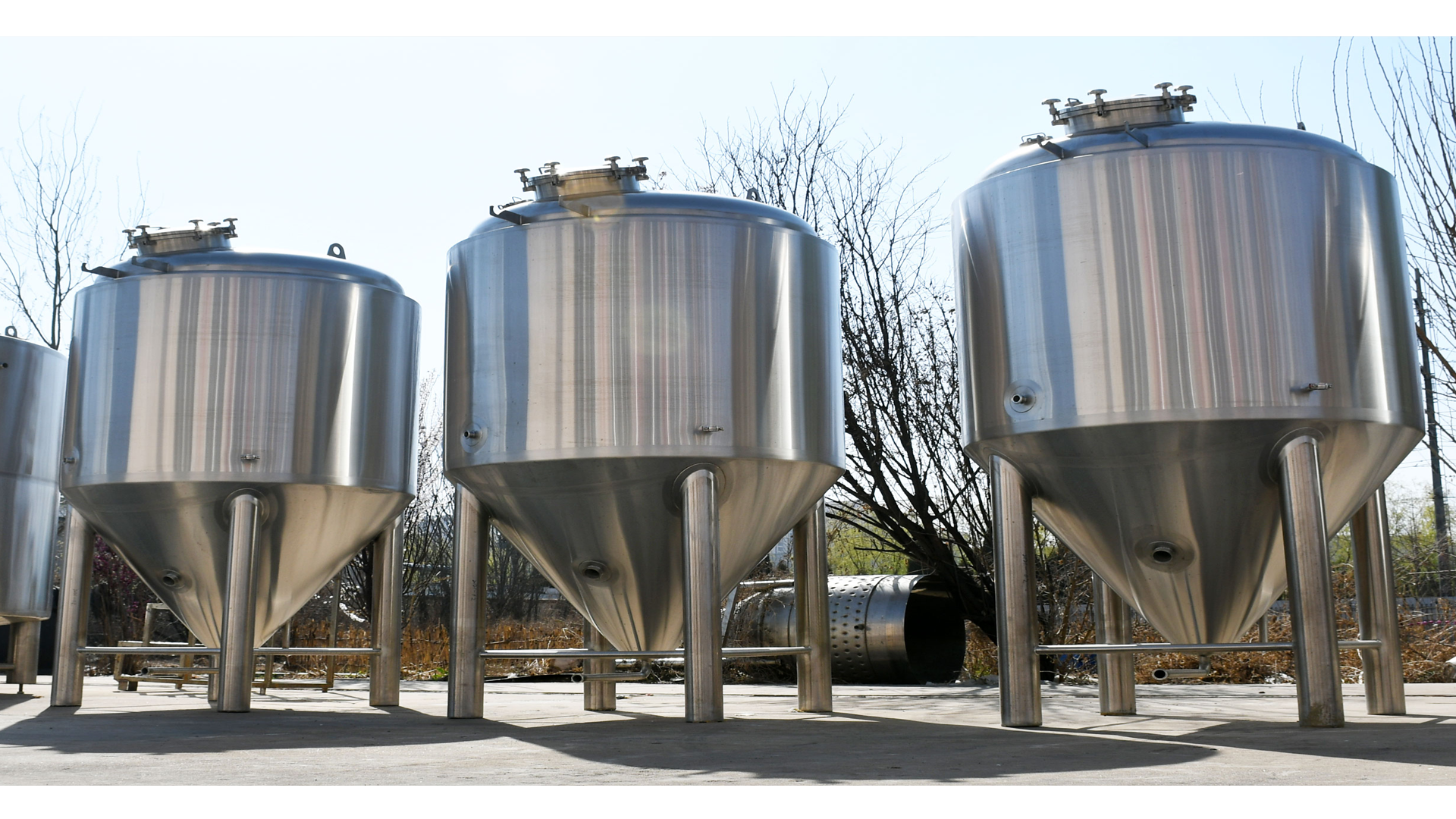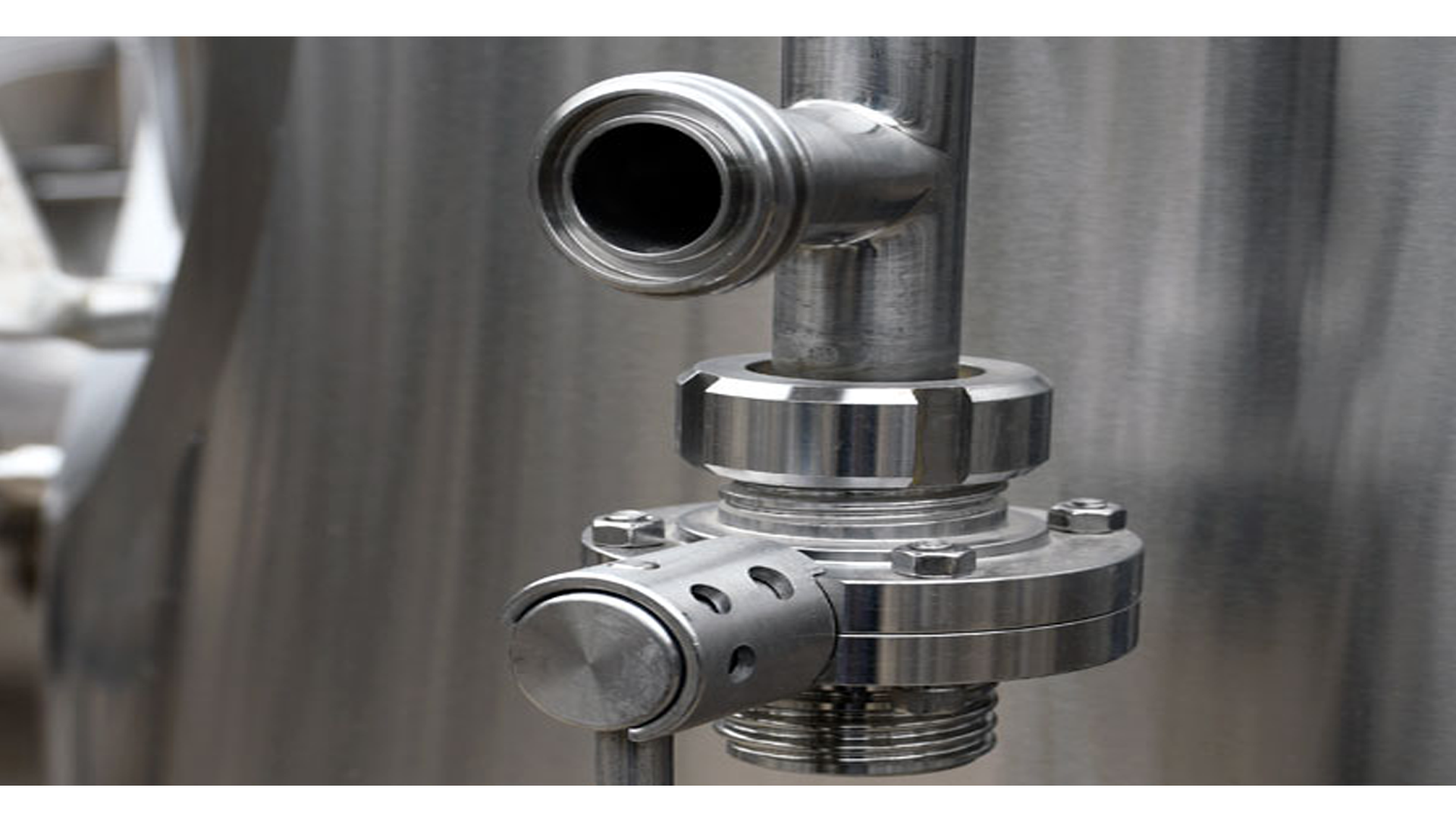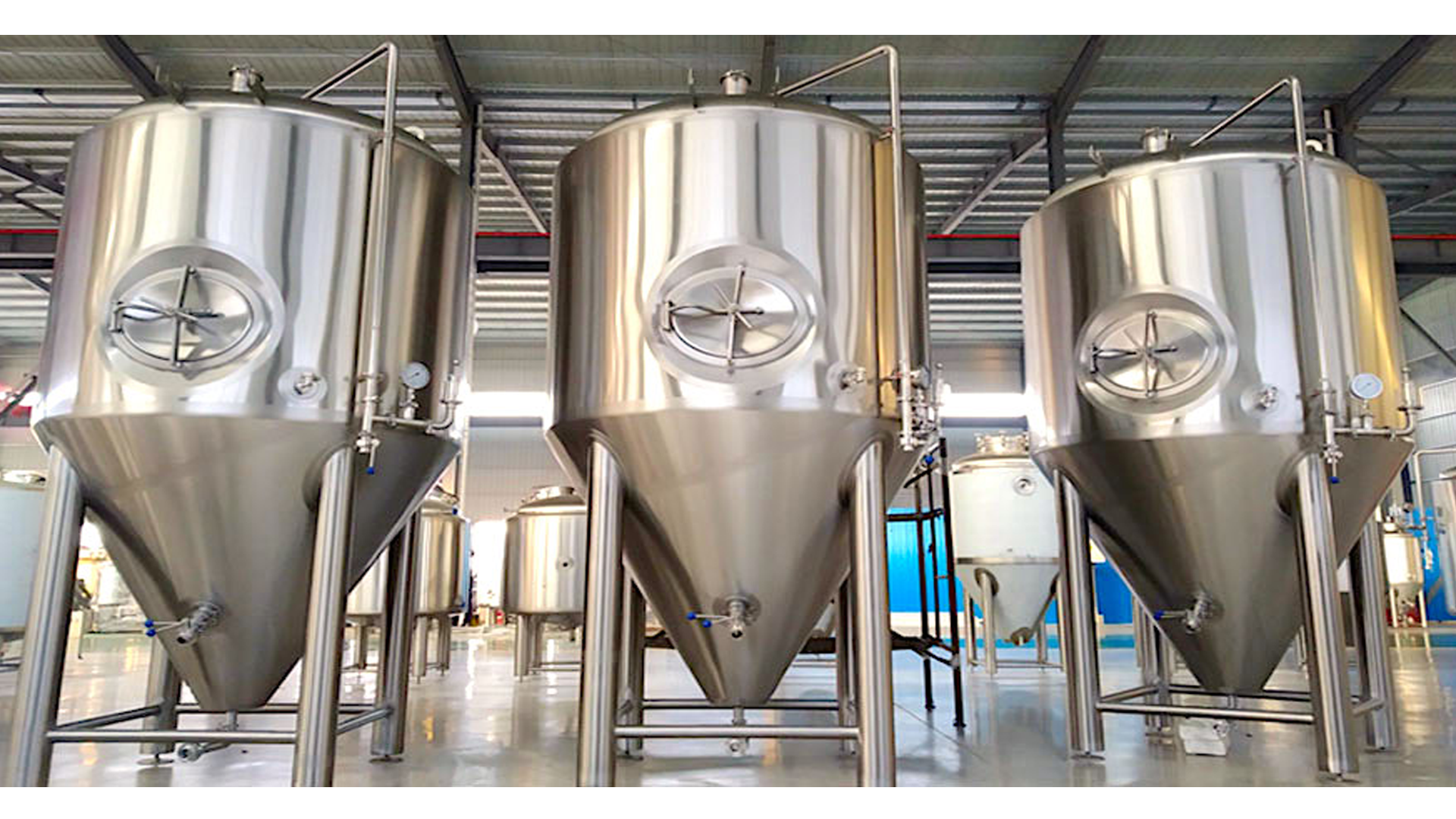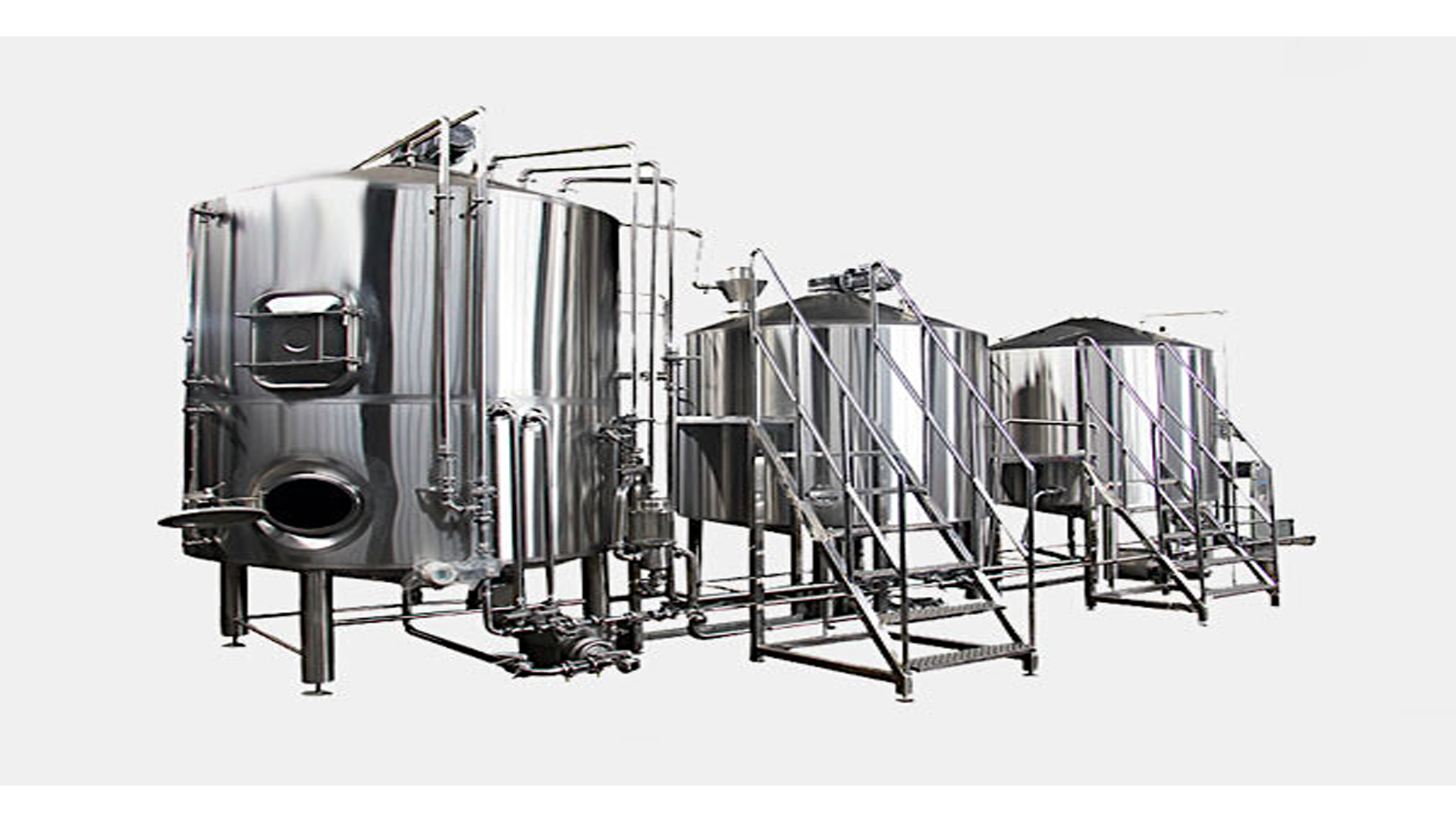High automatic control capacity, Simple operation, PLC automatic control system, PLC.
High automatic control capacity, Simple operation, PLC automatic control system, PLC.
High automatic control capacity, Simple operation, PLC automatic control system, PLC.
Simple operation, PLC automatic control system, PLC semi automatic control system…
We can supply 50L, 100L, 200L, 300L, 500L, 1000L, 2000L, 3000L, 5000L capacity beer.
Simple operation, PLC automatic control system, PLC semi automatic control system…
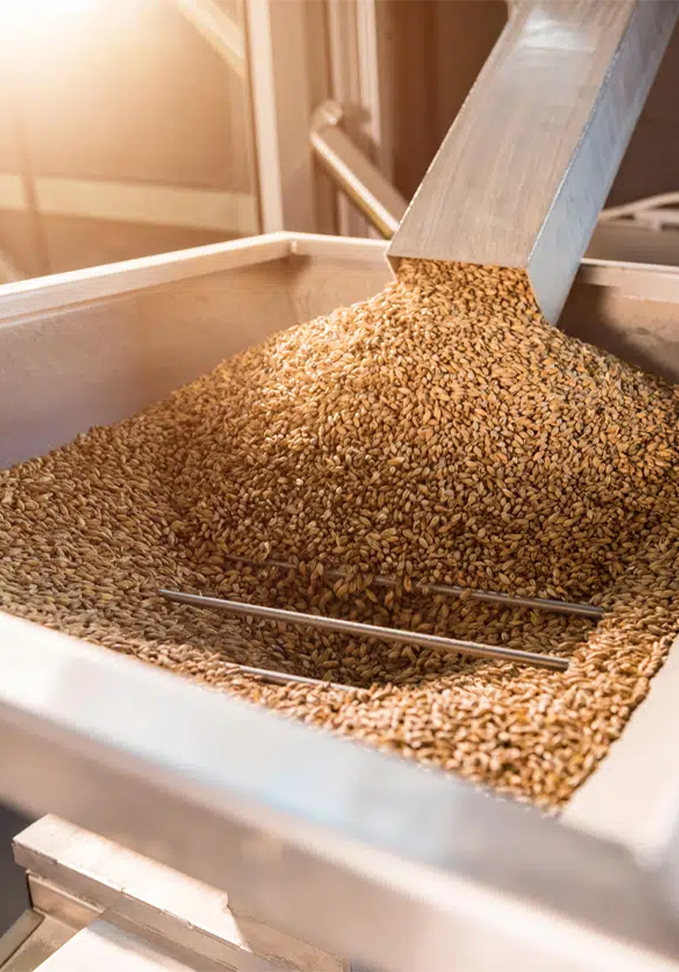
To make beer, sugar is needed, and we get sugar from sprouted barley. Different types of malt are crushed together in the brew house to break up the grain kernels to extract fermented sugars to produce a milled product called grist.
The grist is then transferred into a mash tun, where it is mixed with heated water in a process called mash conversion. The conversion process uses natural enzymes in the malt to break the malt’s starch down into sugars. In a step mash, the temperature rise allows the different parts of the starchy endosperm to break down.
- Proteases at 35°C–45°C: Breaks down the protein matrix holding the starch granules.
- Glucanases at 45°C–55°C: Breaks down the hemicelluloses gums.
- Amylases at 61°C–67°C: Break down the starch granules and larger sugar molecules into fermentable sugars.
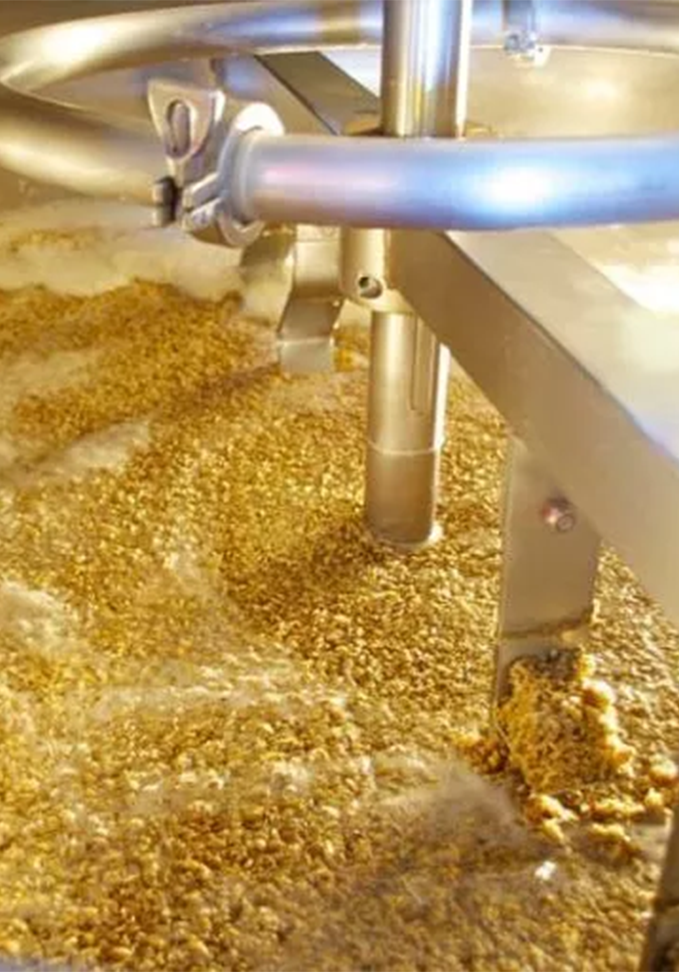
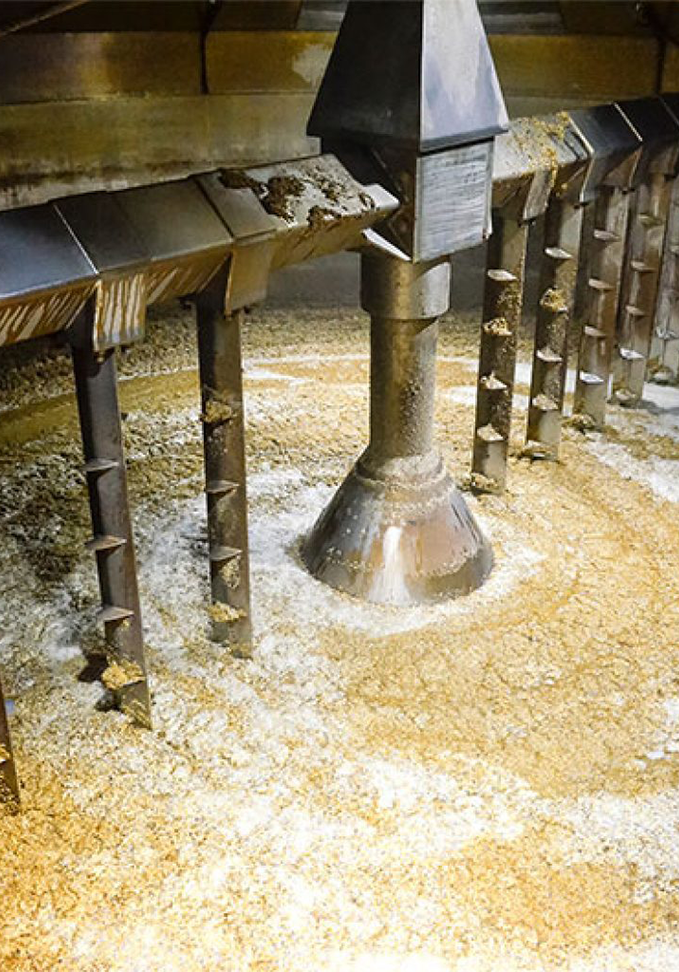
The mash is then pumped into the lauter tun, where a sweet liquid (wort) is separated from the grain husks. You can spray fresh hot water on the mash to wash away the remaining sugar.
Boiling is a critical process in beer brewing. The wort is then collected in a kettle vessel and brought to a controlled boil. While boiling, a lot of exciting reactions occur, such as:
- Complete inactivation of enzymatic activities.
- Sterilization of wort – eliminate unwanted microorganisms, leaving a clean and beautiful wort for the yeast to work.
- Hopps are added – to balance out the sweetness of the malt with their bitterness, flavor, and aroma.
- Evaporation of volatiles like dimethyl sulfide
- Condensation of protein.
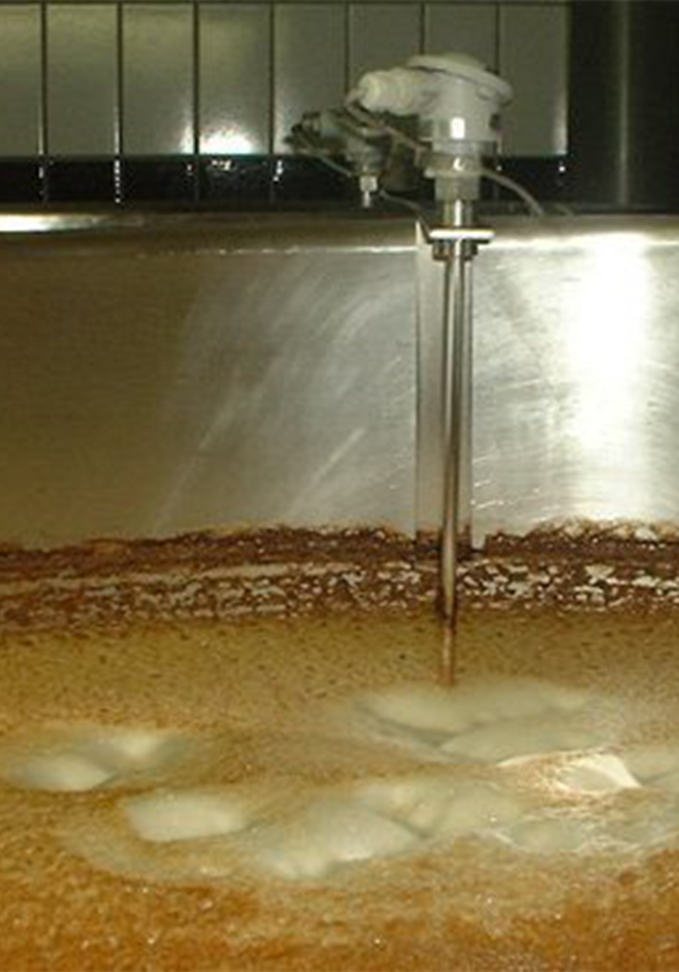
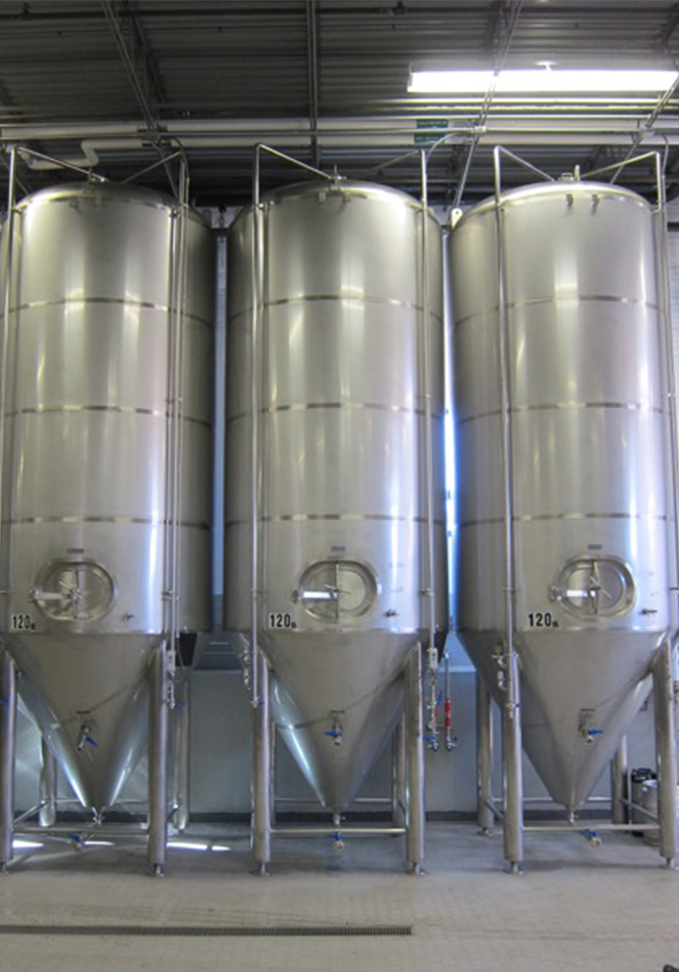
After boiling, the wort is transferred into a whirlpool for the separation stage. During this stage, any malt or hop particles are removed to leave a liquid that is ready to be cooled and fermented. Depending on the beer style, the wort cools quickly to 7-35°C as it passes through the heat exchanger to the fermentation tank.
There are two main reactions in the points in the protein-coagulating kettle. The “hot break” occurs when you see scum forming on top of the wort, and the “cold break” occurs when the wort is rapidly chilled on the way to the fermentation tank and looks a bit like Miso soup.
After the wort is cooled and transferred into the fermentation tank, yeast is added during the filling of the vessel. Yeast converts the sugary wort into beer by producing alcohol, a wide range of flavors, and carbon dioxide (used later to give the beer its sparkle). While fermenting within 5 to 7 days, the fermentation rate will slow. This is because the yeast has slowly consumed the sugar content.
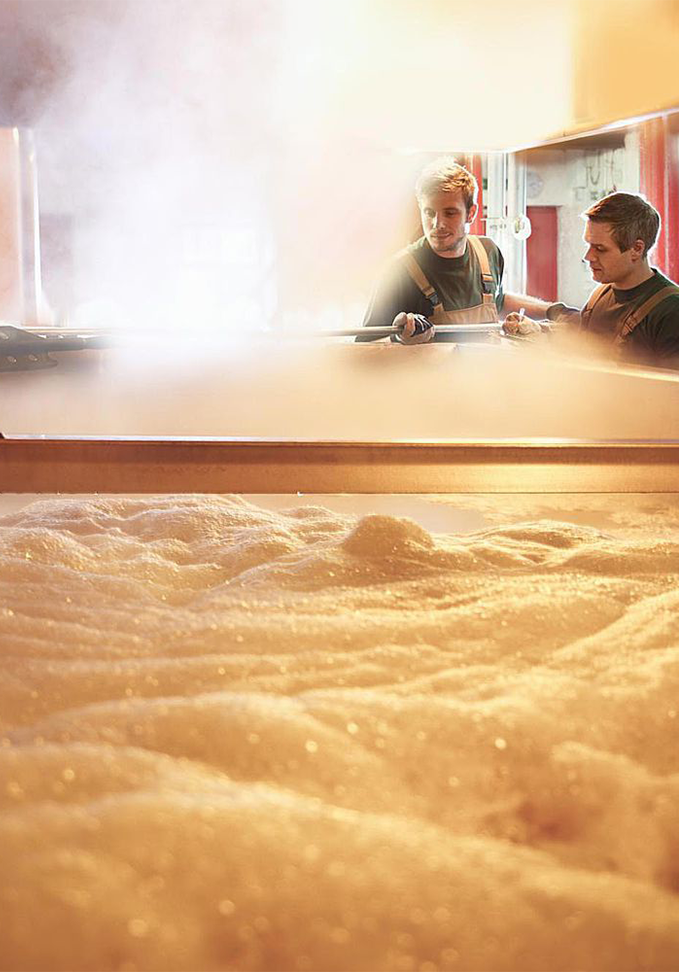
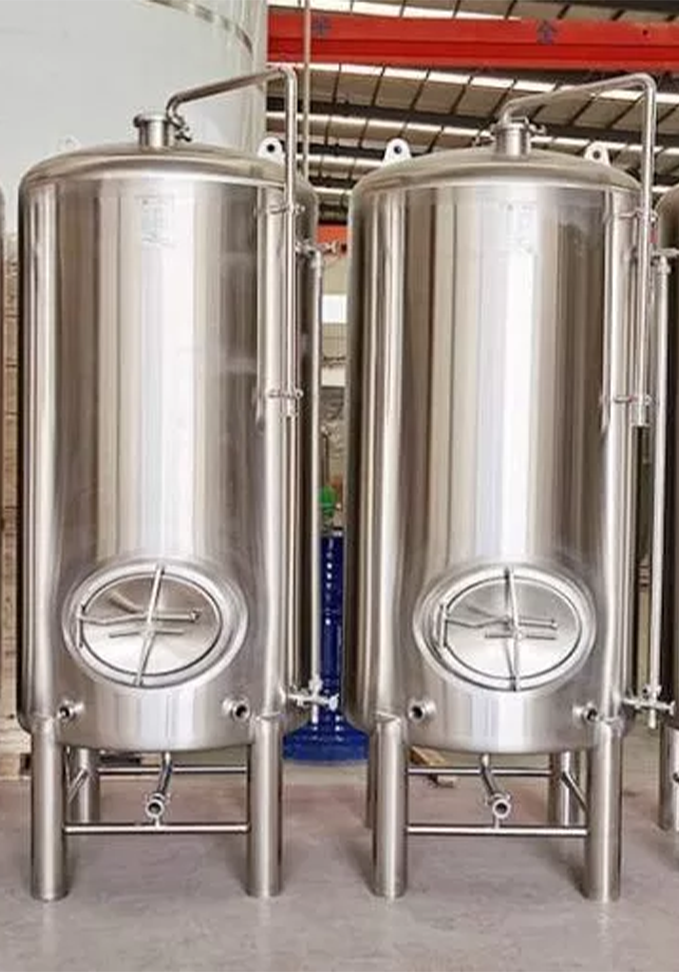
After fermentation, the young “green” beer needs to be conditioned in order to allow both a full development of flavors and a smooth finish.
The conditioning process will store the beer at 0-4°C, where sediments will condense and drop to the bottom of the vessel.
After reaching its full potential, the beer is filtered, carbonated, and transferred to the bright beer tank, where it goes through a cellaring process that takes 3-4 weeks to complete. Once completed, the beer is ready to be packaged and sold. Before packaging, some checks are needed to ensure the beer meets the specifications:
- DO (dissolved oxygen) content.
- CO2 – Check whether the beer is carbonated according to its style.
- Microorganisms – Make sure that there are no harmful bacteria and microorganisms.
- Color and bitterness – Check whether the color and bitterness of the beer meet specifications.
- Reduce oxygen ingress during packaging.
- Properly sealed to avoid any leakage.
